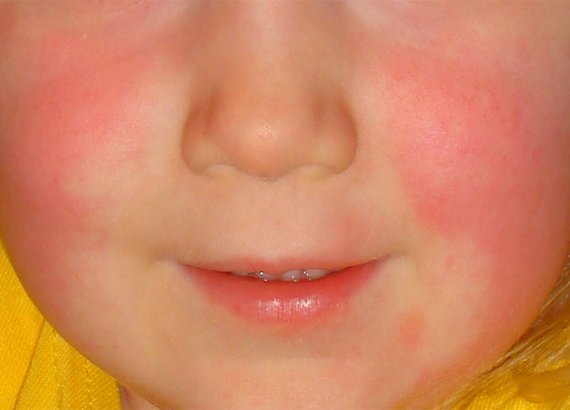A warmth rash can show up abruptly and look disturbing, yet it isn't normally a reason for concern. Children have fragile skin and are bound to get heat rash than grown-ups.
Warmth rash, which a few people call thorny warmth or miliaria, is a skin flare that occurs after the skin gets excessively warm. These rashes can feel bothersome, awkward, and thorny.
This article gives a review of warmth rash in babies, including pictures to help distinguish it. We additionally examine the causes, medicines, and anticipation techniques. Baby Heat Rash
For what reason do babies get heat rash?

Infants are inclined to warm imprudent in light of the fact that they are less ready to control their internal heat level than grown-ups.
Warmth rashes show up when sweat gets caught under the skin. Since babies have littler perspiration organs and are less ready to direct their internal heat level, they are more powerless against heat rash than grown-ups.
Tight garments, swaddles, and covers can likewise cause heat rashes. As a rule, the rash will leave individually without treatment.
Children are bound to get heat rash for a few reasons:
Children have little command over their condition and can't remove off additional attire or move from heat sources.
Children's bodies are less powerful at controlling temperature.
Children will in general have more skin folds, which can trap warmth and sweat.
Sorts of warmth rash
Miliaria happens when the skin traps sweat. The perspiration bothers the external layer of skin and causes a rash.
Specialists separate warmth rash into three sorts dependent on its seriousness:
Miliaria ruba is the most well-known sort of warmth rash. This kind of rash happens when there is a blockage in the perspiration organs close to the outside of the skin, or the epidermis, and the second layer of skin, or the dermis. It causes knocks, staining, for example, redness, and tingling.
Miliaria crystallina is the least serious type of warmth rash. It happens when there is a blockage in the perspiration organs in the epidermis. This kind of warmth rash can cause little clear or white rankles.
Miliaria profunda is the most extreme kind of warmth rash, however it is phenomenal. At the point when sweat in the dermis spills into the dermis, it can cause extreme flushing and consuming. Children with miliaria profunda may likewise create indications of warmth fatigue. The rash may get tainted.
With rashes that cause redness, the redness might be simpler to see on fair complexion and increasingly hard to see on brown complexion, however the procedure causing the redness is the equivalent.
Specialists call the small rankles of a warmth rash vesicles. At times, these vesicles become aggravated and swollen, causing miliaria pustulosa. This sort of warmth rash is increasingly pervasive in babies.
Infants with miliaria pustulosa might be less ready to perspire, expanding their danger of warmth related ailment.